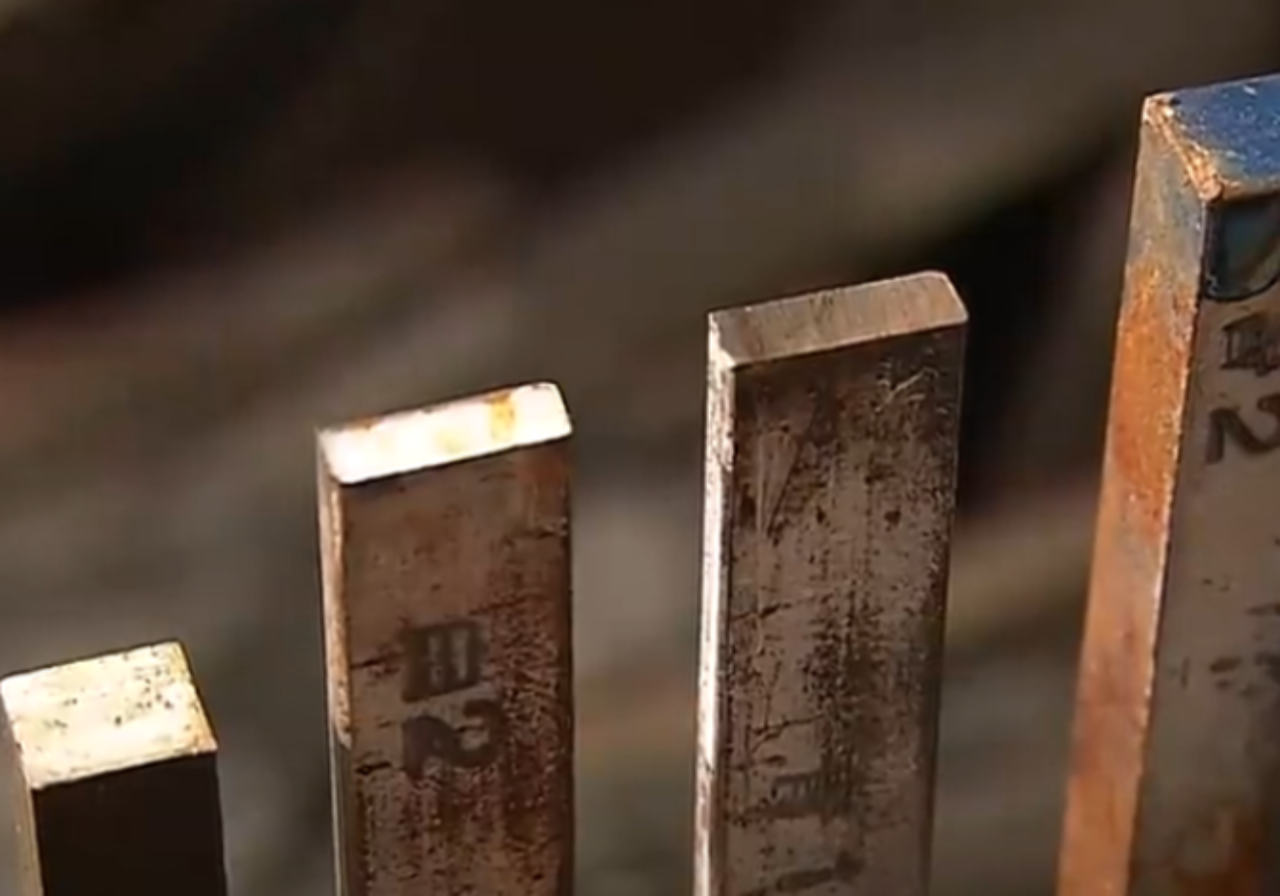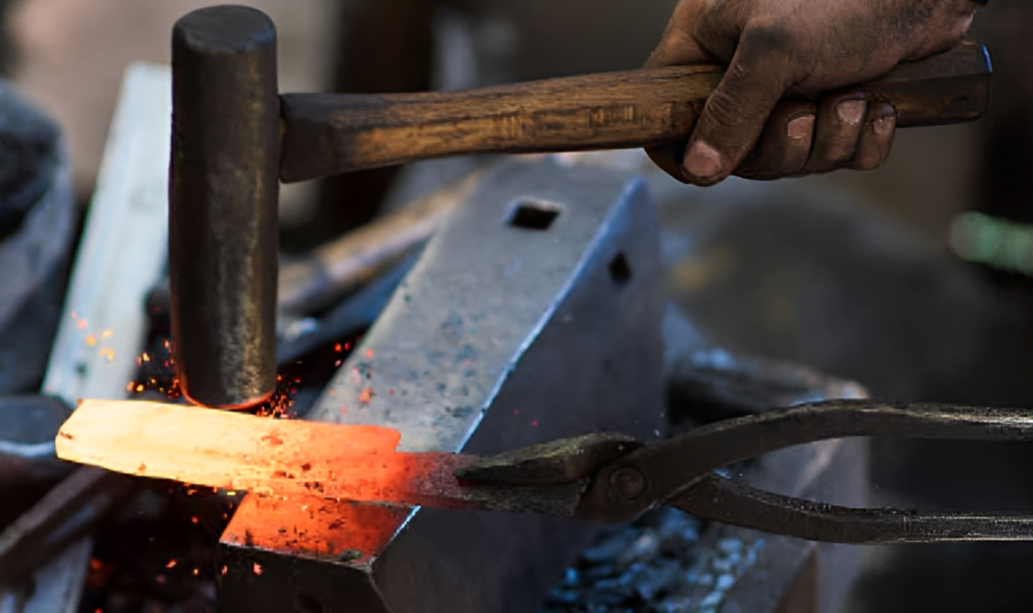White Steel #2 vs Blue Steel #2: Sharpness or Durability — Which Japanese Knife Steel Fits Your Style?
-
-
FEBRUARY 11, 2024
-
When it comes to Japanese knives, the choice between White Steel #2 and Blue Steel #2 is one of the most important decisions a chef can make.
Both steels share similar carbon content and hardness, yet they behave very differently in the kitchen. -
- White Steel #2 is prized for its unmatched sharpness and ease of sharpening, making it the top choice for those who value precision.
- Blue Steel #2 is celebrated for its superior durability and long edge retention, trusted in kitchens where knives must perform all day long.
-
This guide explores their unique strengths and trade-offs, helping you decide which steel best matches your cooking style and maintenance habits.
-

-
1. Cutting Performance: White Steel #2 vs. Blue Steel #2
-
White Steel #2
Known for its sharpness, thanks to the structure of its cutting edge that provides smooth cuts with minimal snagging on food.
-
Blue Steel #2
Contains rare metals like chromium and tungsten, forming hard carbides at its edge that may cause snagging and resistance during cutting. This property is beneficial for cutting through harder materials.
-

-
2. Sharpness Retention
-
- Longevity of Sharpness:
Blue Steel #2 tends to retain its sharpness longer due to the presence of compound carbides, which increase with use and make the knife harder to sharpen over time. - Speed of Dulling:
White Steel #2 may dull quicker as it loses sharpness more rapidly from continuous wear on its cutting edge.
- Longevity of Sharpness:
-
3. Resistance to Chipping
-
White Steel #2
More prone to chipping, particularly in single-edged knives like Deba, where the unique cutting angle increases this risk.
-
Blue Steel #2
Offers superior resistance to chipping, preferred for its edge longevity.
-

-
4. Ease of Sharpening
-
White Steel #2
Easy to sharpen, making it suitable for those who regularly maintain their knives with a whetstone.
-
Blue Steel #2
Wear resistance makes sharpening challenging. The difficulty is affected by the carbide size and the hardness of the base material.
-
Conclusion: Choosing Between White Steel #2 and Blue Steel #2
-
In the end, there is no single “better” choice between White Steel #2 and Blue Steel #2—only the right steel for your needs.
- If you value razor-sharp edges and easy maintenance, White Steel #2 is the ideal companion.
- If you prefer long-lasting durability and fewer sharpening sessions, Blue Steel #2 may be your perfect match.
Whichever you choose, remember that the true performance of a Japanese knife comes not only from the steel itself, but also from how you care for it. A well-maintained knife—whether White or Blue—becomes more than a tool: it becomes a partner in your craft, lasting for years to come.
White Steel #2
-
Pure steel, pure skill.
White Steel #2 isn’t just a material—it’s a bridge between centuries of Japanese craftsmanship and the chef’s hand today. Discover why this high-purity carbon steel is trusted by masters, loved by beginners, and celebrated for the way it sharpens, slices, and lives in harmony with its owner.
-
Blue Steel #2
-
The Perfect Balance Between Sharpness and Strength
In the world of Japanese knives, Blue Steel #2 is trusted by chefs who need both performance and durability.
Born from pure White Steel #2 with the addition of chromium and tungsten, it keeps its razor edge longer, resists chipping, and offers a silky-smooth sharpening experience.
From the first slice of the day to the last plate of service, this steel stands by you—quietly, reliably, and with a touch of tradition in every cut. -

White Steel #2
Where traditional sharpness begins.
Made from ultra-pure carbon steel, White Steel #2 offers razor-sharp edges that respond instantly to the whetstone. Its clarity and control make it ideal for chefs who value precision and the authentic feel of Japanese blades.

Blue Steel #2
Strength for the everyday professional.
Alloyed with tungsten and chromium, Blue Steel #2 balances keen sharpness with added durability and wear resistance. Trusted in busy kitchens, it delivers consistent performance service after service.

Material of Knife
Understanding a Japanese knife begins with its steel. At KIREAJI, we introduce the core materials—White Steel, Blue Steel, Ginsan, and Super Steel—explaining how each influences sharpness, durability, and ease of care. By learning these differences, you can choose a knife that truly fits your cooking style and values.

The Soul of Craftsmanship
-
Sharpening the Blade of the Heart
“Do not try to change the world around you. The one who must change is always yourself.”
-
These words capture the spirit I carry every time I craft a Japanese knife in Sakai, the city where blades have been forged for over 600 years.
-
When forging steel—heating, shaping, and polishing—it may look as if we are simply transforming metal. But in truth, we are refining ourselves. Each failure, each imperfection, reminds us that it is not the tools or the environment that must change, but our own hands, our own spirit.
-
Just as a blade becomes sharper through careful honing, so too does the heart become stronger and more flexible through self-reflection. This is the philosophy of Sakai craftsmanship: a knife is not only a tool, but a mirror of the maker’s spirit.
-
We do not create knives merely to cut. We craft instruments that enrich the lives of chefs, inspire confidence in the kitchen, and carry forward the quiet strength of Japanese tradition.
-
To sharpen a blade is to sharpen oneself. To refine steel is to refine the heart. This balance—between hand, spirit, and steel—is the true origin of craftsmanship.

Experience the sharpness trusted by 98% of Japan’s top chefs — handcrafted in Sakai City.
Through our exclusive partnership with Shiroyama Knife Workshop, we deliver exceptional Sakai knives worldwide. Each knife comes with free Honbazuke sharpening and a hand-crafted magnolia saya, with optional after-sales services for lasting confidence.
KIREAJI's Three Promises to You
-

1. Forged in the Legacy of Sakai
From Sakai City—Japan’s renowned birthplace of professional kitchen knives—each blade is crafted by master artisans with over six centuries of tradition. Perfectly balanced, enduringly sharp, and exquisitely finished, every cut carries the soul of true craftsmanship.
-

2. Thoughtful Care for Everyday Use
Every knife includes a hand-fitted magnolia saya for safe storage. Upon request, we offer a complimentary Honbazuke final hand sharpening—giving you a precise, ready-to-use edge from day one.
-

3. A Partnership for a Lifetime
A KIREAJI knife is more than a tool—it is a lifelong companion. With our bespoke paid aftercare services, we preserve its edge and beauty, ensuring it remains as precise and dependable as the day it first met your hand.







